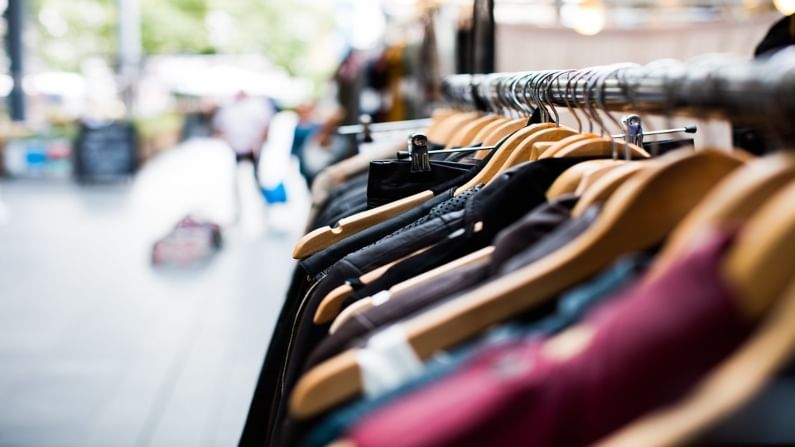Fear of third wave and depleted savings may mute consumer spending
The spike in the number of infections and the unavailability of critical medical assistance when needed has undermined the confidence of consumers
- Vivian Fernandes
- Last Updated : July 1, 2021, 11:08 IST

Two waves of Covid-19 infection seem to have eroded the coping capacity of households, their savings, investment and borrowing data shows. The second wave has hit people hard. According to the Reserve Bank of India, their cash holdings were 99,500 crore between 1 April and 21 May this year when infections peaked, compared to Rs 1.55 lakh crore they held in cash during the same period last year. Covid-19 induced medical expenditure left less cash with people during the two months. They also borrowed Rs 60,700 crore during this period from commercial and cooperative banks. Banks lent them Rs 78,600 crore during the year-ago period. The lower borrowing this time around may not reflect lower need so much as lesser borrowing capacity, and banks’ reluctance to lend. It is likely that households borrowed more informally.
Inflows into mutual funds during April and May stood at Rs 54,305 crore as per AMFI, the association of mutual funds when the Nifty was at double the level over the year-ago period. Retail investors tend to buy more when stock prices are high expecting them to rise further. But redemptions exceeded purchases in May. During the two months last year, the inflow was double at Rs 116,812 crore.
In numbers
The spike in household savings of 21% of GDP during the April-June 2020 waned during the subsequent July-September quarter as the strict lockdown was eased and the fear of the pandemic receded. People borrowed more and there was a spike in household debt to 37.1% of GDP which was nearly 2% more than in the previous quarter. The pace of contraction of personal consumption expenditure slowed to 11.3% from the sharp 26.3% contraction in the previous quarter. In the third, October-December quarter of 2020, the share of household financial savings shrunk further to 8.3% of GDP because of discretionary festive purchases, from 21% in the first quarter.
But the period following the second wave of the pandemic which peaked in May, may not see a repeat of the year-ago experience. Though the lockdown was not as strict as last year, the restrictions on mobility disrupted economic activity. People also have taken fright. The spike in the number of infections and the unavailability of critical medical assistance when needed has undermined the confidence of consumers.
Sentiments
The Reserve Bank’s Consumer Confidence Index fell to a new low of 48.5 during the survey in May — continuing the negative trend which began in July 2019. Of the little over 5,000 persons from 13 cities who participated in the survey, 75% said the economic situation had deteriorated. A similar number said the unemployment situation was grim. Close to 90% said price levels had worsened. About a third said sentiment around spending was low compared to a year ago and a higher percentage did not see the situation improving.
The results of CMIE’s Consumer Pyramids Household Survey published earlier this month also showed that while incomes had risen since the first lockdown, the average monthly income for January 2021 was lower in nominal terms (not adjusted for inflation) than in January 2019 because of the sharp contraction in GDP, following the onset of the pandemic. Consumer demand for durables was weak and had fallen across the board, despite an increase shortly after the lifting of the first lockdown. While those who worked in offices were shielded from the effects of the lockdown, those who worked in factories or warehouses suffered. The survey covered 176,000 households across the country with a response rate of 73%. It was conducted between January and end-April, so it may not have captured the full extent of the pessimism.
How are Americans doing?
This is in contrast to the United States whose official death toll from the pandemic is close to six lakh compared with close to four lakh dead in India (likely understated). Yet US GDP growth during the January-March quarter has been the fastest in seven decades. Consumer spending which accounts for two-thirds of the country’s economic activity grew at the sizzling rate of 11.4% during that quarter, in part because of the $1.9 trillion stimulus package of March, which put $1,400 in the hands of eligible individuals. Moody’s Analytics said Americans had $2.6 trillion in excess savings from the start of the pandemic and this would power a spending boom.
Strong US growth, and economic recovery in Europe might lead to a reversal of their easy money policies sooner than earlier expected. This might clash with the RBI’s stance of keeping interest rates low to nurture growth even as inflation is running high. That, and the pace of vaccinations will mould the trajectory of economic growth and consumer confidence. Purposive action to immunise people and a significant ramp up in the share of the population vaccinated will boost consumer confidence.
Download Money9 App for the latest updates on Personal Finance.
Related
- Building a portfolio with Debt Mutual Fund
- 30 years of reforms: Looking back at a watershed moment
- Regulatory changes required for making SPACs a successful regime
- Term plan: Beware of these traps
- Insurance Awareness Day: Are you protected from these risks?
- Overspending is toxic for your financial health; here’s how you can stop it

